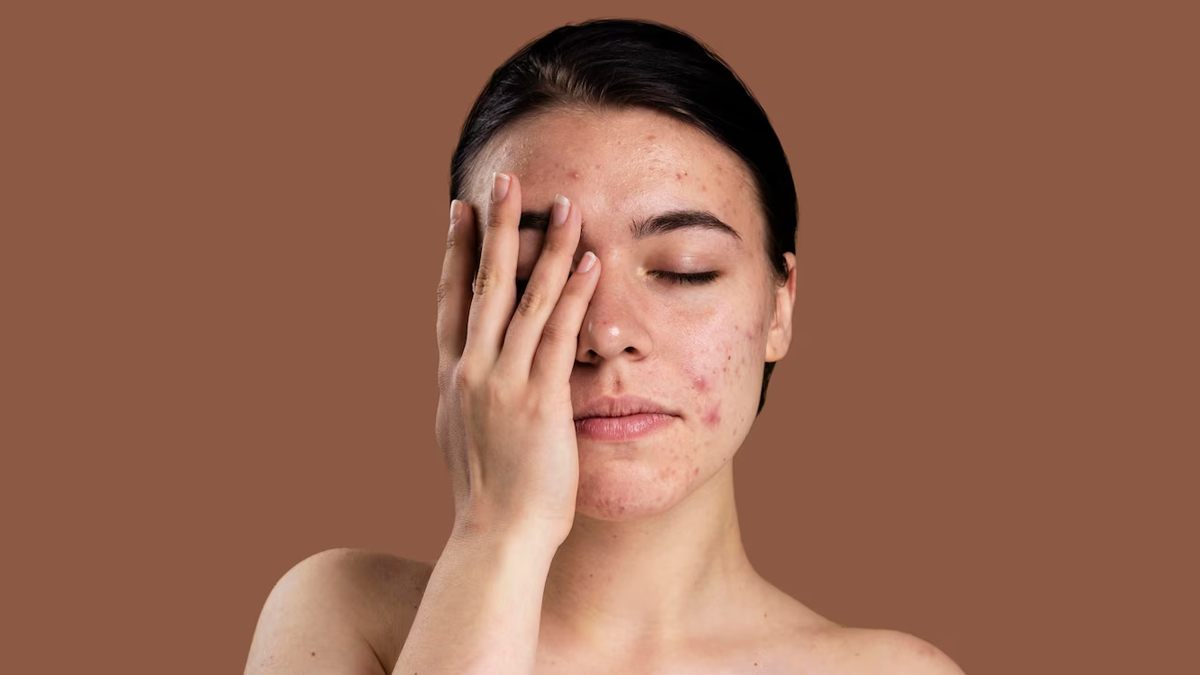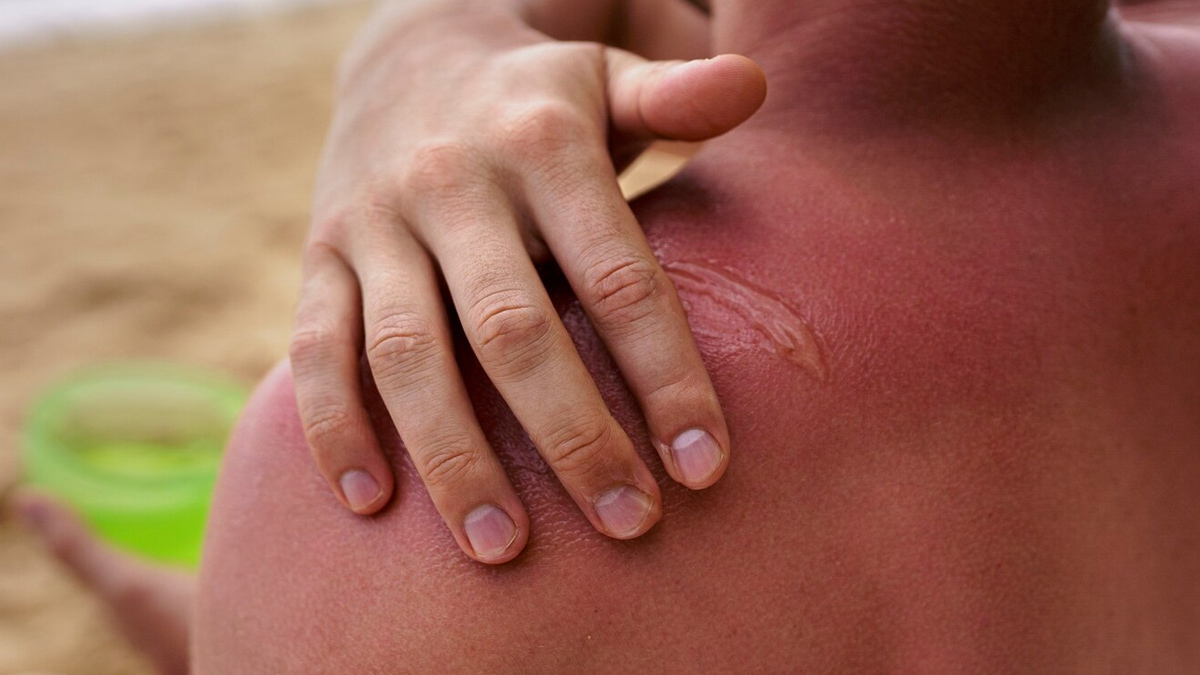
Sandalwood oil is well known for its aromatic presence, but did you know it can be used in various home remedies too? This natural ingredient is extracted from the wood of the sandalwood trees and has effective healing properties. It has a wide range of benefits for skin care, mental well-being, and overall health. Here are eight easy yet effective ways to make the most out of this oil. Here are some remedies that might just become your new favourites.
Table of Content:-
Ways To Use Sandalwood Oil For Home Remedies
1. Reducing Acne and Blemishes

Sandalwood oil contains antibacterial and anti-inflammatory properties, making it effective for treating acne and blemishes. Adding a few drops to a carrier oil like coconut or jojoba oil can help reduce redness, fight bacteria, and promote clearer skin. For an added boost, mix sandalwood oil with rose water and dab it on pimples for faster healing.
2. Moisturising Dry Skin
If dry skin is your everyday problem, it's time to try sandalwood oil for nourishing your skin. Its hydrating properties can help maintain skin softness and prevent dryness. Mixing a few drops into your daily moisturiser or with almond or olive oil produces an intensely moisturising solution.
Also Read: Sandalwood (Chandan) For Skincare: Benefits, How To Use
3. Soothe Sunburnt Skin

It is common to get sunburns or skin irritation during hot weather. However, you can manage these skin issues with the help of sandalwood oil. Blend it with aloe vera gel and apply it to the affected area to soothe inflammation and reduce redness. This is especially useful for people who have rashes or minor burns.
4. Fights Premature Ageing
Sandalwood oil, a rich source of antioxidants can make you look younger by fighting free radicals, which can cause premature ageing. Simply blend it with carrier oils, such as argan or vitamin E oil and massage it softly on the face to minimise fine lines and wrinkles.
5. Promotes Sleep Quality

If you have difficulty sleeping or restlessness at night, sandalwood oil can help promote a peaceful sleeping environment. Diffusing it in your bedroom before bed or applying a drop to your pillow can enhance relaxation and improve sleep quality. Additionally, combining it with lavender oil increases its calming properties.
Also Read: How Does Sandalwood Help In Calming Anxiety And Stress?
6. Stress and Anxiety Relief
It is natural to be stressed due to the fast-paced lifestyle and demanding work life. However, you can unwind and reduce stress and anxiety by inhaling the calming scent of sandalwood oil. Adding a few drops to a diffuser, mixing it with a carrier oil for massage, or applying it to pulse points can promote relaxation and mental clarity. This makes it a popular choice in aromatherapy for relieving tension and improving mood.
7. Treating Dandruff and Scalp Irritation

It's time to say goodbye to dandruff and an itchy scalp. With the haircare properties of sandalwood, you can now achieve healthy and nourished hair and scalp. To use it as a remedy, simply add a few drops to your shampoo or mix it with coconut oil for a scalp massage.
8. Natural Deodorant and Body Odour Control
The fragrance of sandalwood oil can be used as a natural alternative to deodorant. You can create a refreshing and antibacterial body odour solution by mixing it with coconut oil and a few drops of tea tree oil. Apply this blend to pulse points to help you stay fresh throughout the day.
[Disclaimer: This article contains information for informational purposes only. Hence, we advise you to consult your professional if you are dealing with any health issue to avoid complications.]
Also watch this video
How we keep this article up to date:
We work with experts and keep a close eye on the latest in health and wellness. Whenever there is a new research or helpful information, we update our articles with accurate and useful advice.
Current Version